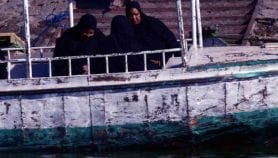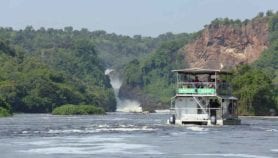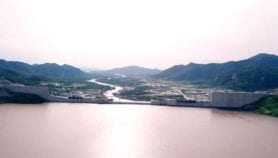Send to a friend
The details you provide on this page will not be used to send unsolicited email, and will not be sold to a 3rd party. See privacy policy.
A tsunami warning system will be fully operational in the Indian Ocean by July 2006, but it will be of little use unless nations in the region are ready to respond to its warnings, said participants at a conference in Perth, Australia, last Friday (5 August).
The meeting, organised by the United Nations, gathered representatives of 27 countries at risk from future tsunamis in the Indian Ocean.
The tsunami that struck on 26 December 2004 is believed to have killed more than 220,000 people and left more than one million homeless. There was no regional warning system in place at the time.
The rudiments of a detection system have since been set up.
Those attending the Perth meeting agreed to add dozens of hi-tech seabed sensors and surface buoys to make tsunami detection faster and more precise.
But accurate detection will only be valuable if warnings can be communicated to coastal communities and if authorities prepare evacuation plans.
Thailand has staged evacuation drills and is setting up 15-metre tall towers to broadcast warnings in six languages.
But despite these and other efforts, experts say more must be done.
"Countries are not paying sufficient attention to emergency procedures," Patricio Bernal, head of the Intergovernmental Oceanographic Commission, told the Reuters news agency. "Disaster managers need to address the issue of delivering warnings to populations."
In the warning system that is being developed, seabed sensors able to detect tiny changes in water pressure will transmit readings to surface buoys, which will relay the information to seven regional warning centres.
These will be based in Australia, India, Indonesia, Malaysia, Thailand, Iran and Pakistan. The latter two were added to the list because scientists believe a fault in the Arabian Sea could trigger a tsunami there.
The flow of information from the seven centres will need to be carefully co-ordinated to avoid confusing the national warning systems of the 27 countries at risk, a paper issued at the Perth conference warned.
Initial proposals for a single warning centre were abandoned when the associated prestige and international funding led to fierce competition among potential hosts.
Read more about tsunamis in SciDev.Net’s Tsunami update.













